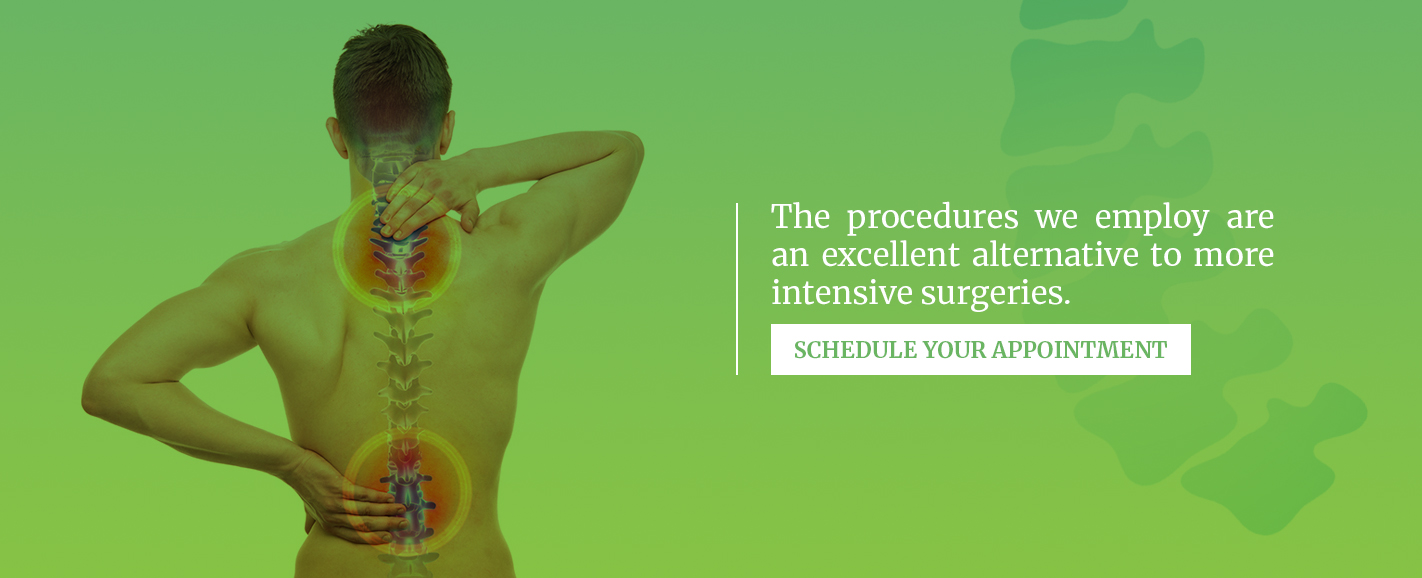Arthritis and Pain Management
This content was medically reviewed by Baher S. Yanni, MD, on March 20th, 2017.
Osteoarthritis is the most common types of arthritis that individuals can get as they age. In fact, there is even a genetic component to osteoarthritis that researchers have pinpointed, so if your close family members have osteoarthritis, you have greater risk factors to acquiring it. Along with genetic risk factors, injury can also start the deterioration process that is closely associated with osteoarthritis in any joint in the body.
Osteoarthritis is specifically arthritis that occurs in joints and happens when the soft tissues in the joints breakdown. Also known as degenerative arthritis or “wear and tear” arthritis, severe osteoarthritis can lead to a point where bone rubs directly against bone. All the pressure, use, and reduction of soft tissue causes further breakdown of tissue and bone in the joint, causing a lot of pain.
Diagnosing and Treating Arthritis
While there is no magic cure for arthritis, there is a lot that can be done in order to help reduce inflammation and provide proper pain management for sufferers. The first step is to make sure you know what type of arthritis that you are dealing with. There are medications available for Rheumatoid arthritis that can help slow or stop it since it is specifically an autoimmune disease. However, osteoarthritis can be a little trickier because it’s an arthritis caused simply by how the joints rub against each other and how you age.
Once you know why your joints are causing you pain, you can go about treating them and managing any existing pain. Osteoarthritis can be tricky to treat, but not impossible. The most common treatments, however, include oral medications, physical therapy, steroid injections, and occasionally surgery. Obviously, surgery is a last resort and is only useful in some specific circumstances.
Oral Medications
There are many different medications that can be used for pain management. Ideally, managing pain with over the counter or prescription NSAIDS is the best course of action. Non-steroidal anti-inflammatories (NSAIDS) are relatively safe and non-addictive. However, other treatment options may include muscle relaxers or even supplementation with compounds like omega-3s, and glucosamine and chondroitin.
Physical Therapy
For certain cases, physical therapy can be exceptionally beneficial. Physical therapy allows you to change your body mechanics, which may be causing your joint cartilage to wear unevenly or prematurely. By working to strengthen small stabilizing muscles, you can help to alleviate pain and reduce inflammation in many joints throughout the body.
Steroid Injections
Another option is to have steroid injections administered into the joint. This is a relatively simple in-office procedure for large joints like knees or hips. The Spine INA can also treat spine joints with epidural steroid injections that are administered under guided fluoroscopy for improved accuracy and safety. These steroid injections are targeted ways in which to provide the benefits of inflammation reduction without the systemic side effects.
If you’re struggling with osteoarthritis in your spine, turn to the experts in minimally invasive treatment options at The Spine INA in New Jersey to get help searching for pain relief. Schedule your consultation today!










Leave a Reply